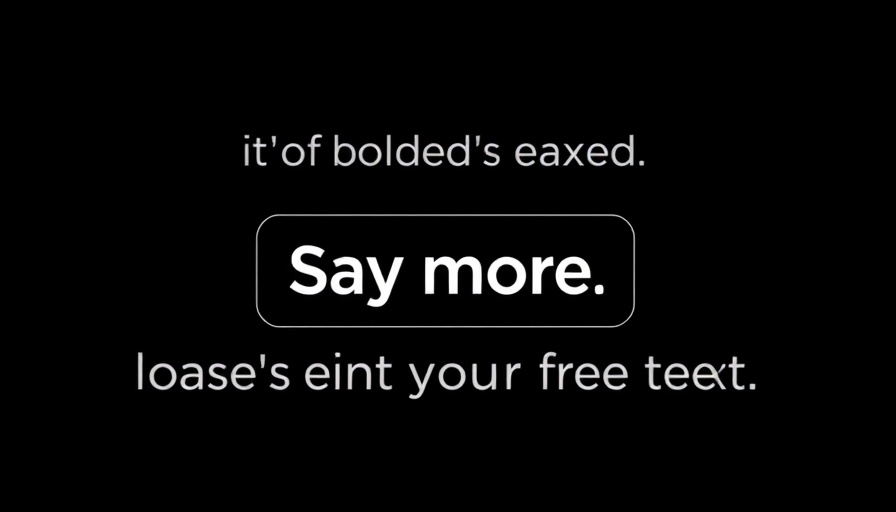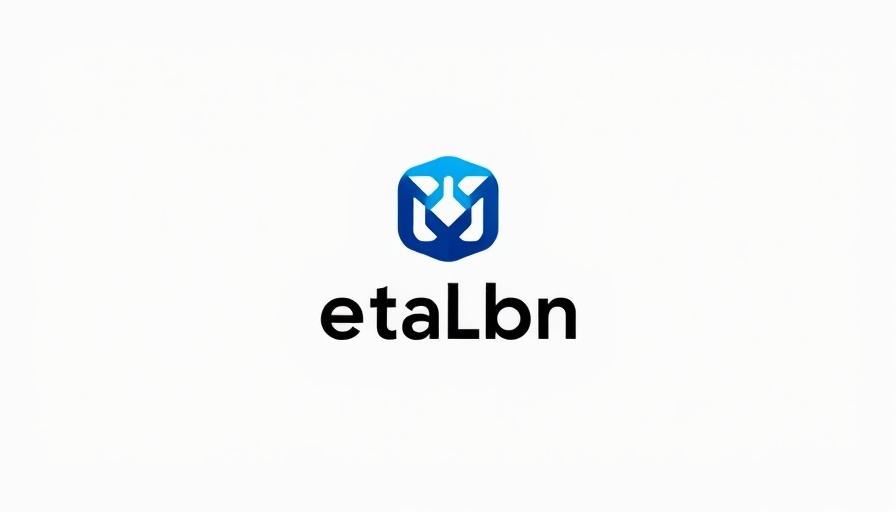
The Evolution of Threads: A New Era for Longer Updates
Threads, the platform rapidly becoming known for its focus on brief, engaging interactions, is now testing its capacity to allow users to share more comprehensive content. Recently, Threads introduced an innovative in-stream text expansion feature, enabling users to provide longer updates through a custom text editor. This move aligns with a growing trend across social media platforms, particularly as users increasingly look for ways to share more nuanced insights and deeper narratives.
The Practical Benefits of Expanded Content
The new attached text window in Threads facilitates longer articles directly within the app, marking a notable shift from traditional posting methods. Users looking to convey detailed information or tell their stories without resorting to screenshots of lengthy notes will find this feature invaluable. This mirrors the functionality seen on platforms like Twitter, which previously offered a long-form posting option before emphasizing the in-stream character limit under new management.
Why Businesses Should Adapt to This Change
For small business owners, consultants, and coaches, adapting to these enhancements is essential. Crafting more informative posts can significantly amplify their messaging and engagement with potential clients. Whether it’s sharing success stories, detailed service descriptions, or insightful industry analyses, longer updates provide the opportunity to connect more meaningfully with their audience. Utilizing the new text editor effectively can not only drive engagement but also establish thought leadership in their respective fields.
Potential Challenges and User Reception
Despite these benefits, the introduction of longer updates does challenge the core philosophy of Threads, rooted in brief content sharing. There’s a risk that users might gravitate toward overcomplicating posts that once thrived in simplicity. The success of this feature depends on how users balance their desire for depth with the platform’s original ethos, ensuring that brevity and clarity are not compromised. An exploratory approach to this feature might prove beneficial in preventing it from devolving into another cumbersome social media tool.
Looking Ahead: The Future of Content Creation on Social Media
The broader implications of this move signal a significant trend among social media platforms — evolving to accommodate user demands for inclusivity in communication styles. With platforms like Threads and Twitter experimenting with extended formats, we can expect a more enriched dialogue across social media spaces. As businesses, entrepreneurs, and content creators leverage these updates, they should also explore best practices for effective communication while tailoring their messages for maximum impact.
Getting Ready for Changes in Social Media Dynamics
The testing phase for Threads’ expanded text options is one to keep an eye on. As the platform rolls out these updates, understanding how to effectively utilize them will be a game changer for businesses aiming for growth. Importantly, staying proactive about these changes will ensure that your messaging resonates with your audience, thus encouraging more organic interaction.
Final Thoughts: Embrace the Future of Threads
As Threads continues to refine its features, embracing these updates not only allows for the enhancement of content quality and engagement but also positions businesses to be ahead of the curve. By incorporating longer, more detailed posts, users can foster stronger relationships with their audience, creating a narrative that encourages trust and connection. It’s the perfect time for small businesses to utilize these features for maximum visibility and impact.
 Add Row
Add Row  Add
Add 




Write A Comment